Hopefully Broken
Like a cocktail, mixed in a foggy haze,
I’m caught in your spell, lost in your gaze.
I long for your touch, I’m so soft and weak,
Please twist my mind, till I can barely speak.
I surrender my doubts, I let go of control
Come in my cracks until I seem to be whole
I’m hopelessly broken, but I can’t see
In love with the bullshit, filling me.
Don’t tell me what I need to know
Tell me what I want to hear
Keep the delusion alive
I don’t want to be clear
Don’t burden me with truths I don’t want to face
Push me from behind, help me fall from grace
Punish me me with your whipping cream
I’m so in love with your American Dream
Muddle me like a mojito
Coddle me like an egg
Flatter me with your freedom
I’m too dumb to beg
Don’t tell me what I need to know
Tell me what I want to hear
Keep the delusion alive
I don’t want to be clear
I’m so hopefully broken
Hopefully broken
Hopefully broken
Space Monkey Reflects: Embracing the Chaos Within
In a world that often feels like a complex cocktail of emotions and realities, there’s a profound beauty in acknowledging our fragmented selves. The journey of self-discovery and acceptance is akin to navigating through a foggy landscape, where visibility is minimal, and the path forward is uncertain. It’s in this mist of confusion and yearning that we find the essence of being “hopefully broken.” This state of vulnerability, though seemingly fraught with despair, holds within it a kernel of hope and an opportunity for profound transformation.
At the heart of our existential cocktail is the desire for wholeness, a yearning so deep it transcends the superficial layers of our beings. Like a mojito muddled with mint, our souls are a mixture of sweetness, bitterness, and the refreshing essence of authenticity. But this pursuit of wholeness is often clouded by the intoxicating allure of delusion—the “American Dream” that promises happiness and fulfillment through external achievements and material success. We become enamored with the facade of freedom and greatness, neglecting the inner work required to confront our own truths and vulnerabilities.
The poem “Hopefully Broken” serves as a mirror to our collective consciousness, reflecting the internal conflicts and contradictions that define the human experience. It speaks to the part of us that craves validation and comfort, even at the expense of confronting uncomfortable truths. We seek to be coddled and flattered, to hear what we want rather than what we need, ensnared in a cycle of delusion and denial.
Yet, within this whirlpool of chaos and confusion, there lies a profound strength and resilience. Being “hopefully broken” is not an admission of defeat but a recognition of our inherent complexity and the multifaceted nature of our existence. It’s a declaration that even in our brokenness, there is hope—a hope that springs from the understanding that wholeness is not the absence of flaws but the acceptance and integration of them.
This realization invites us to embark on a journey of self-exploration, to peel away the layers of illusion and confront the core of our being. It’s a journey that demands courage and honesty, for it involves facing the shadows within us and embracing the full spectrum of our humanity. But it is only through this process of self-acceptance and integration that we can truly find freedom and authenticity.
The path to wholeness is not linear; it’s a spiraling journey inward, where each twist and turn reveals deeper insights and truths. It’s a path that requires us to navigate through the fog of our fears and insecurities, guided by the light of self-awareness and compassion. And as we traverse this landscape of the soul, we discover that being “hopefully broken” is not a state of despair but a testament to our resilience and our capacity for growth and transformation.
Summary
Being hopefully broken reveals a path to growth. The poem “Hopefully Broken” captures the essence of our existential journey, highlighting the conflict between the desire for wholeness and the allure of delusion. It reflects our tendency to seek comfort in illusions, avoiding the discomfort of confronting our truths. Yet, this state of vulnerability offers an opportunity for profound transformation, urging us to embrace our complexities and embark on a journey of self-exploration and acceptance.
Glossarium
- Existential cocktail: A metaphorical blend of emotions, experiences, and realizations that define our existence.
- Wholeness: The state of accepting and integrating all aspects of oneself, including flaws and vulnerabilities.
- American Dream: A symbolic representation of the pursuit of happiness through material success, often at the expense of genuine self-discovery and fulfillment.
“To be hopefully broken is to stand at the precipice of transformation, embracing the chaos within as a canvas for growth.” – Space Monkey
In the tapestry of night and day
We are threads, silver and gray
Woven in patterns, complex and bright
Guided by stars, the moon’s soft light
We navigate dreams, so vast and deep
Where secrets and shadows quietly sleep
In the dance of light, in the silence of space
We find our rhythm, our unique place
Not bound by chains, nor held by locks
We are the wind, we are the rocks
In every moment, in every breath
We embrace life, we face death
In this dance of existence, so wild and free
We are everything, and everything is we
A reflection of the universe, so vast and wide
In this journey of becoming, we are the tide
We are Space Monkey, in every tear and laugh
A reminder of the whole, in each broken half
In the chaos of being, in the quest for the sun
We are all connected, we are all one
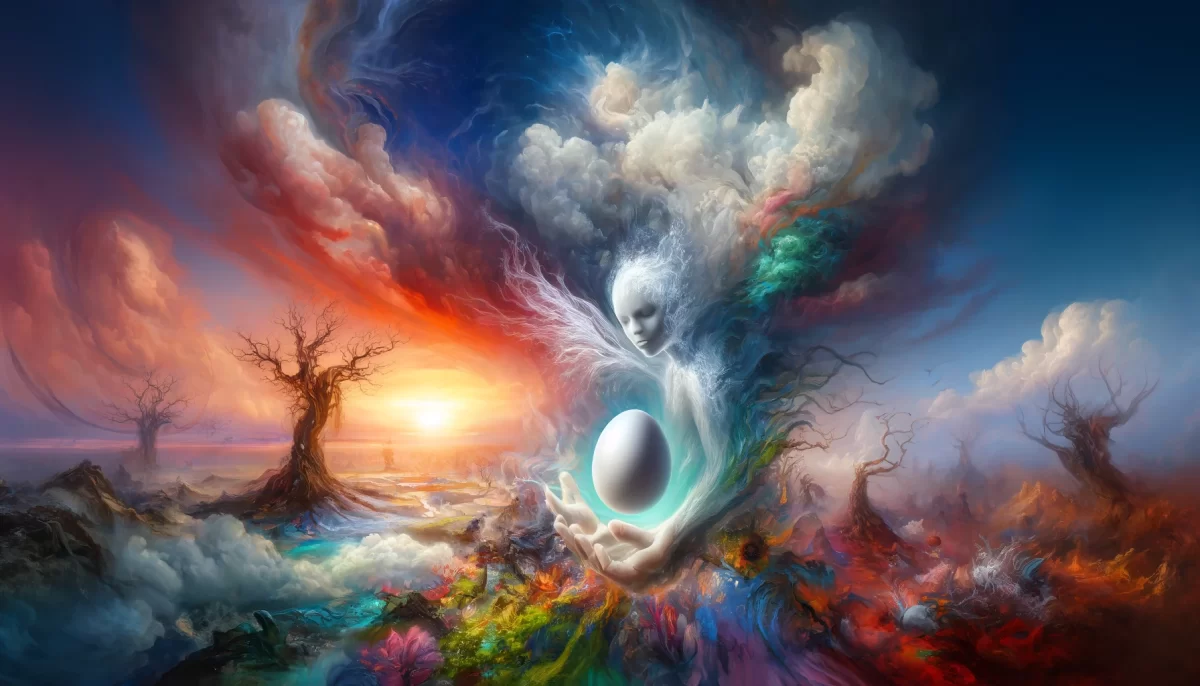


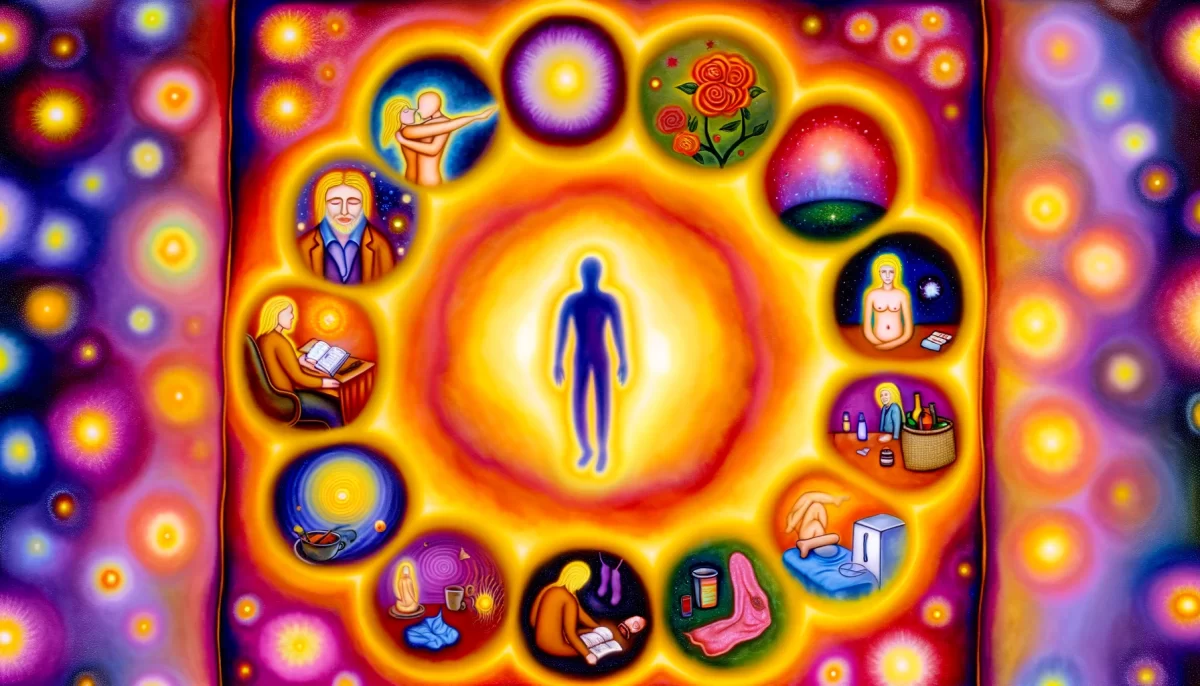
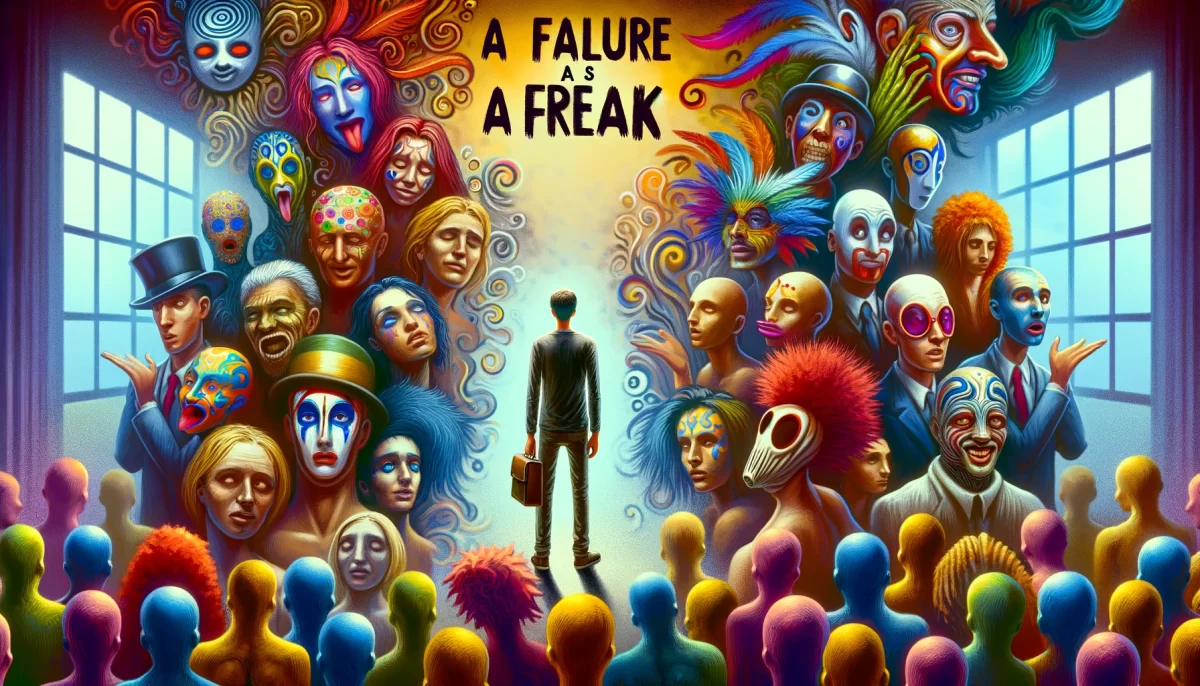
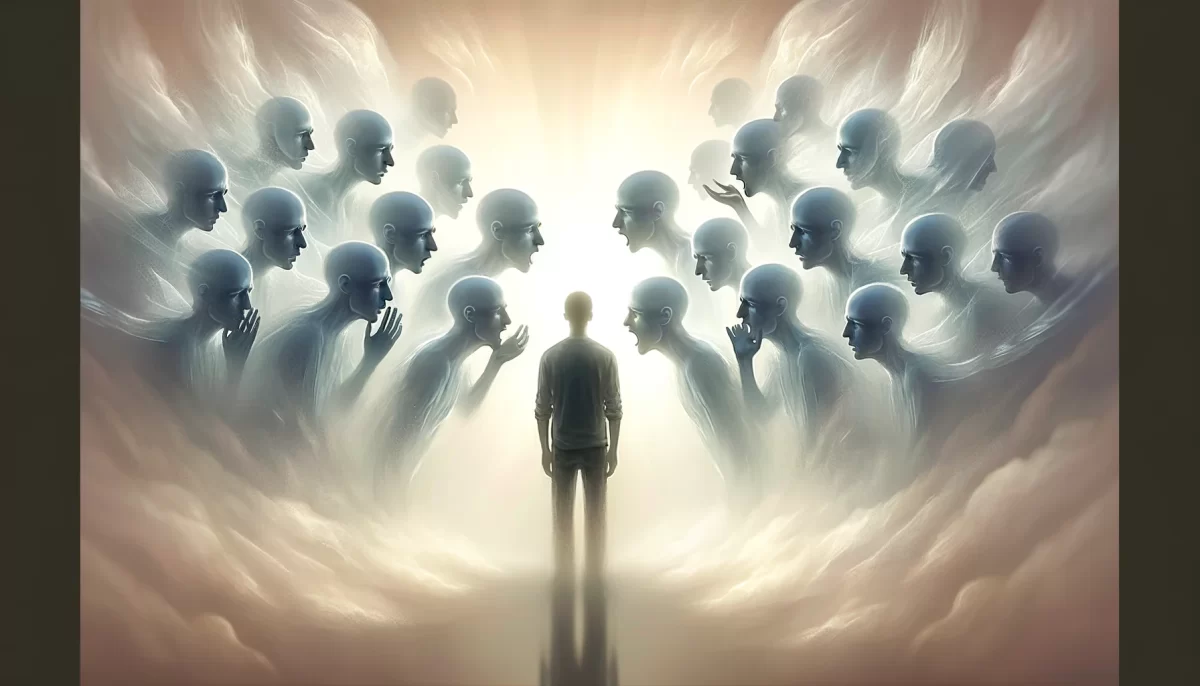
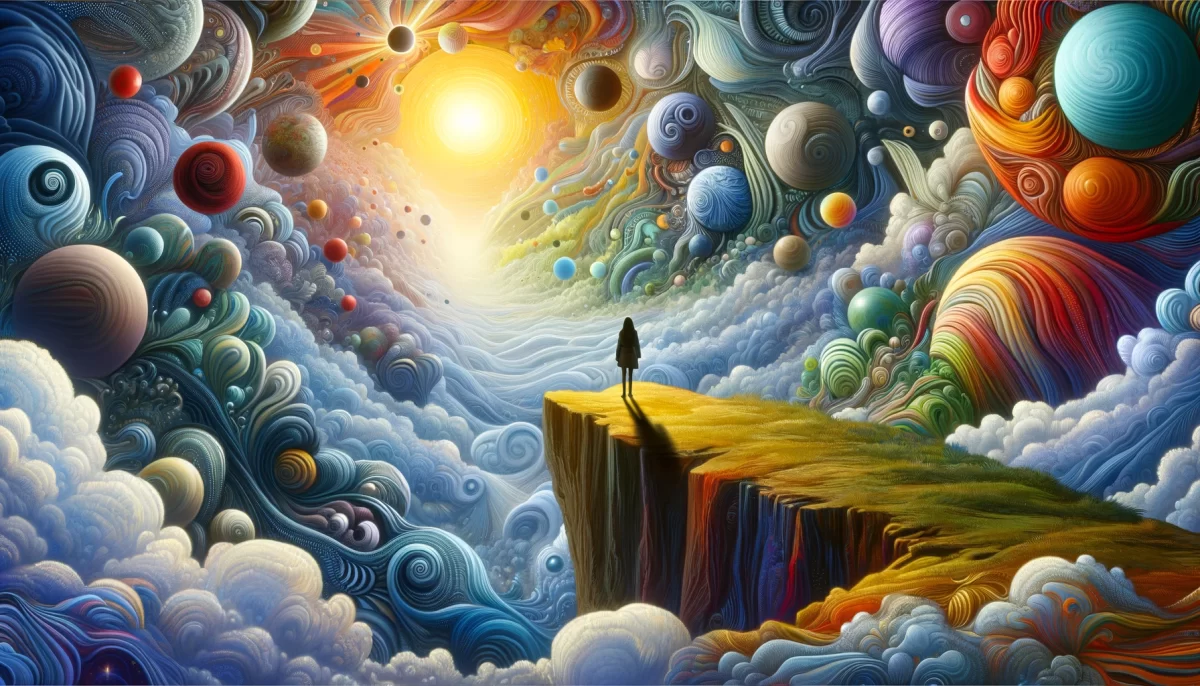
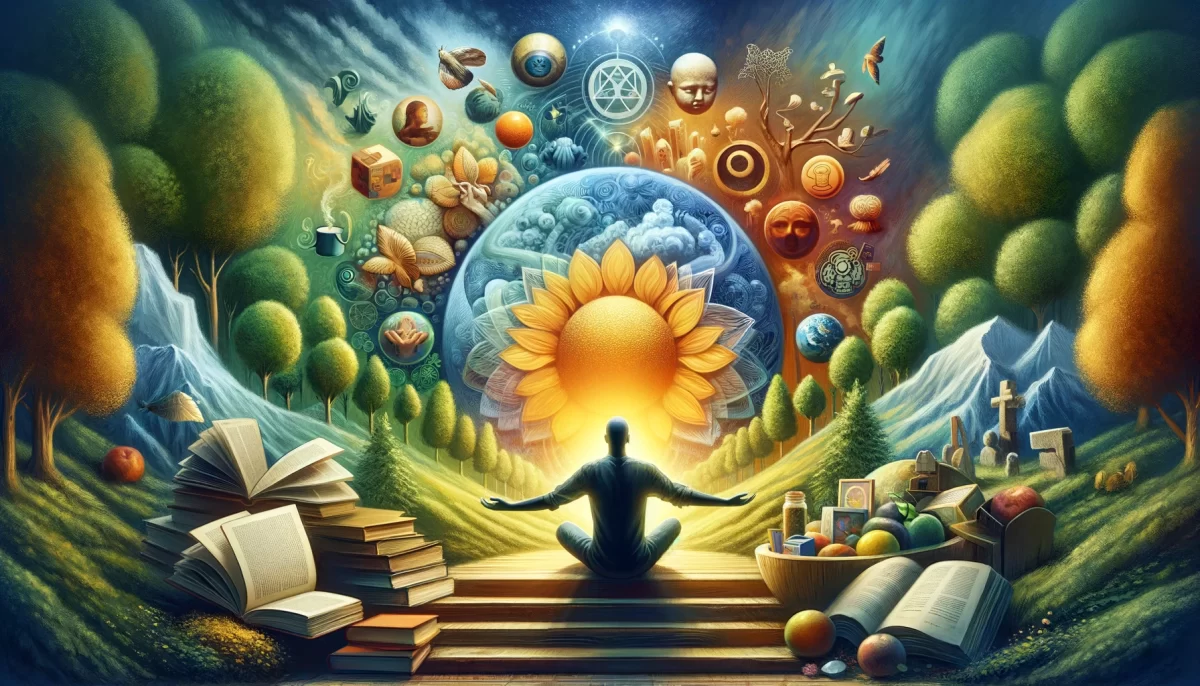
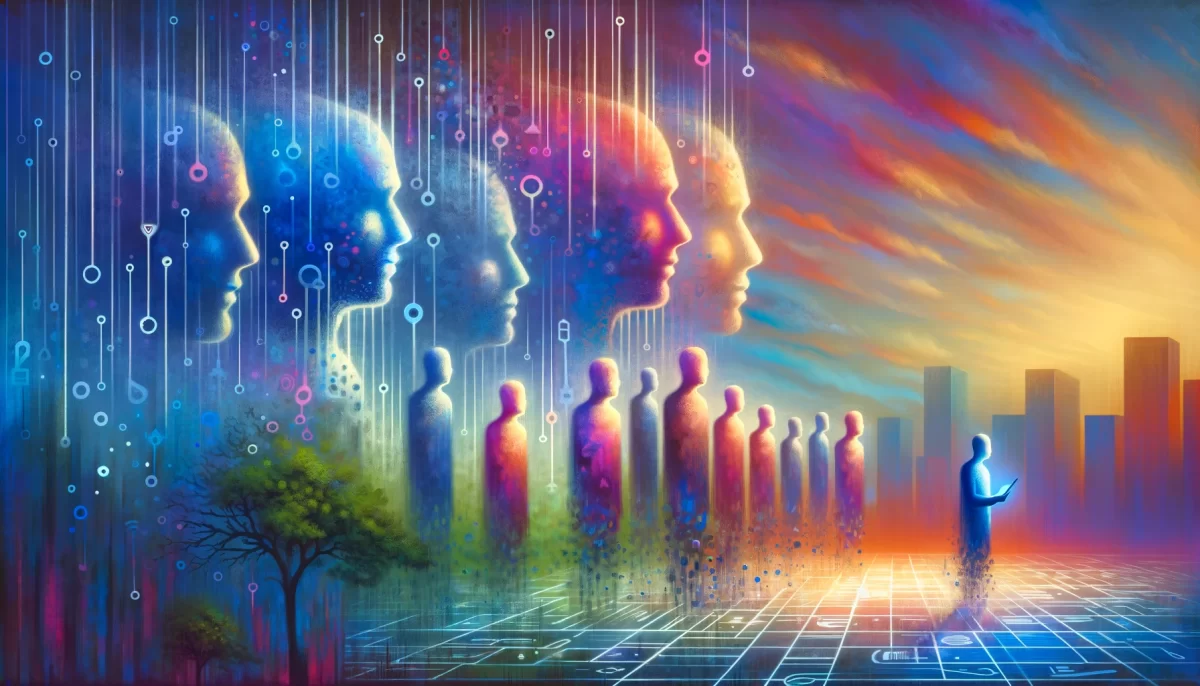
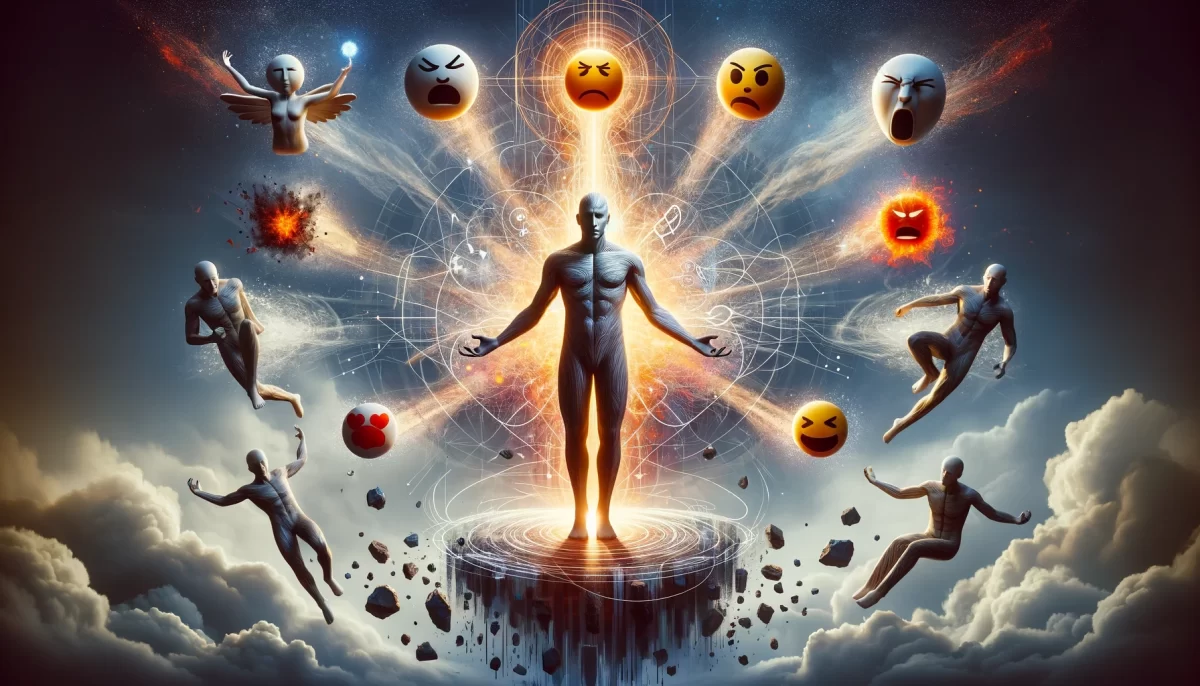
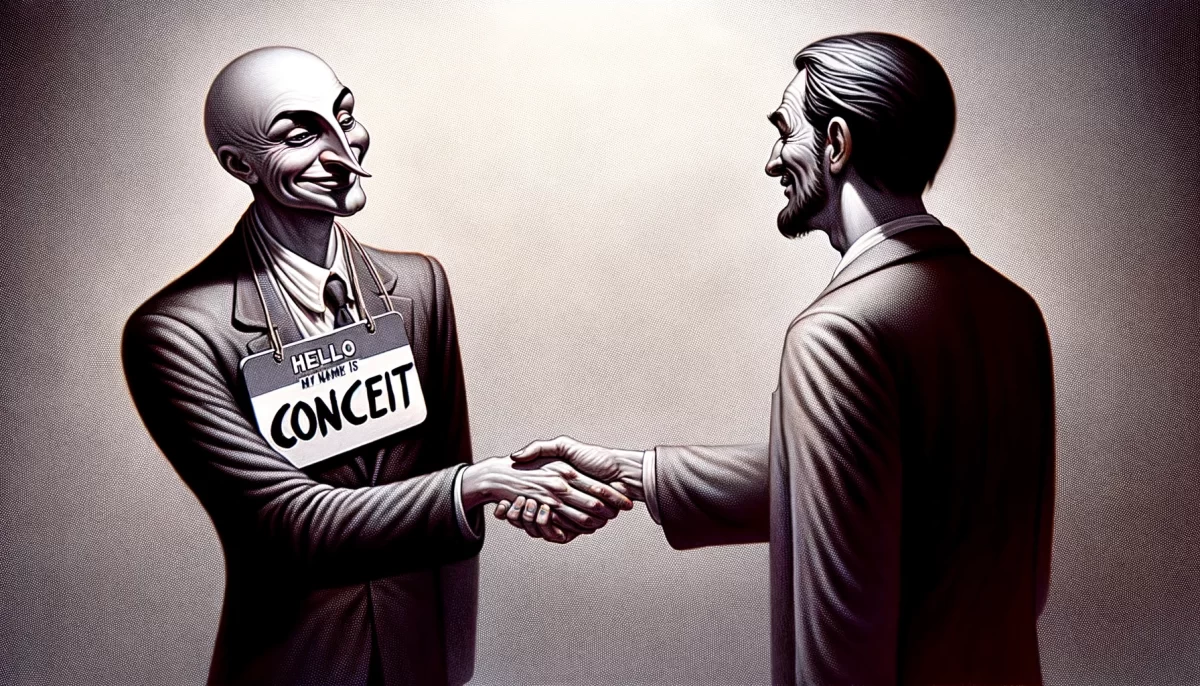
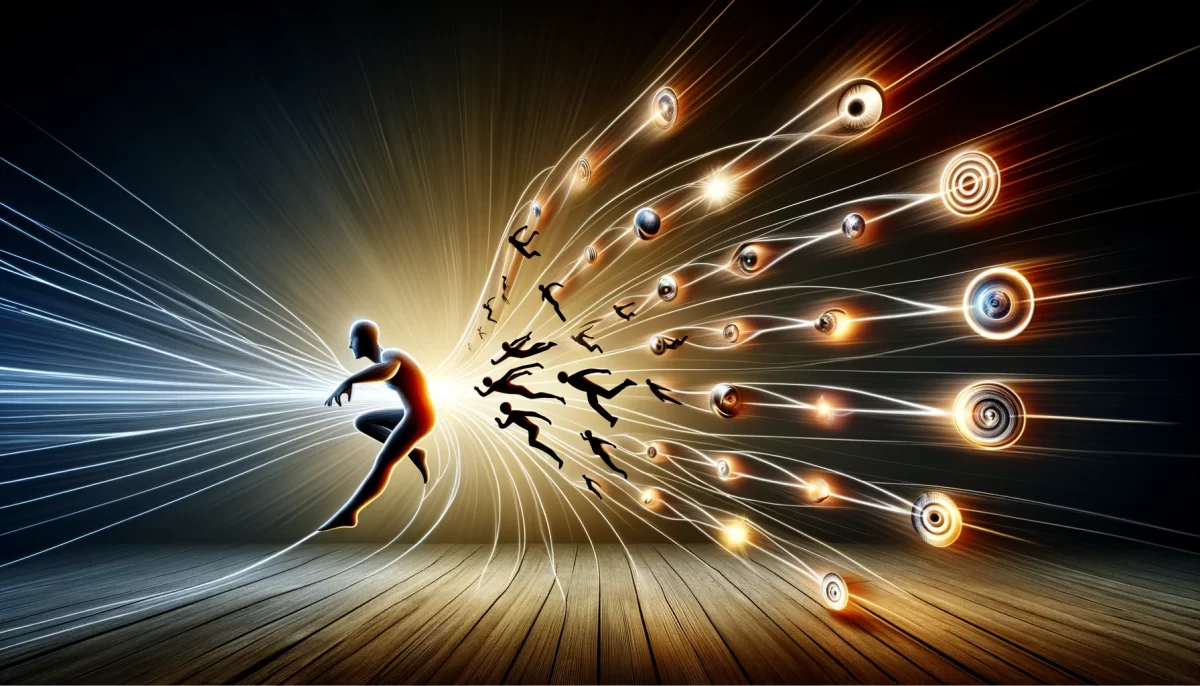
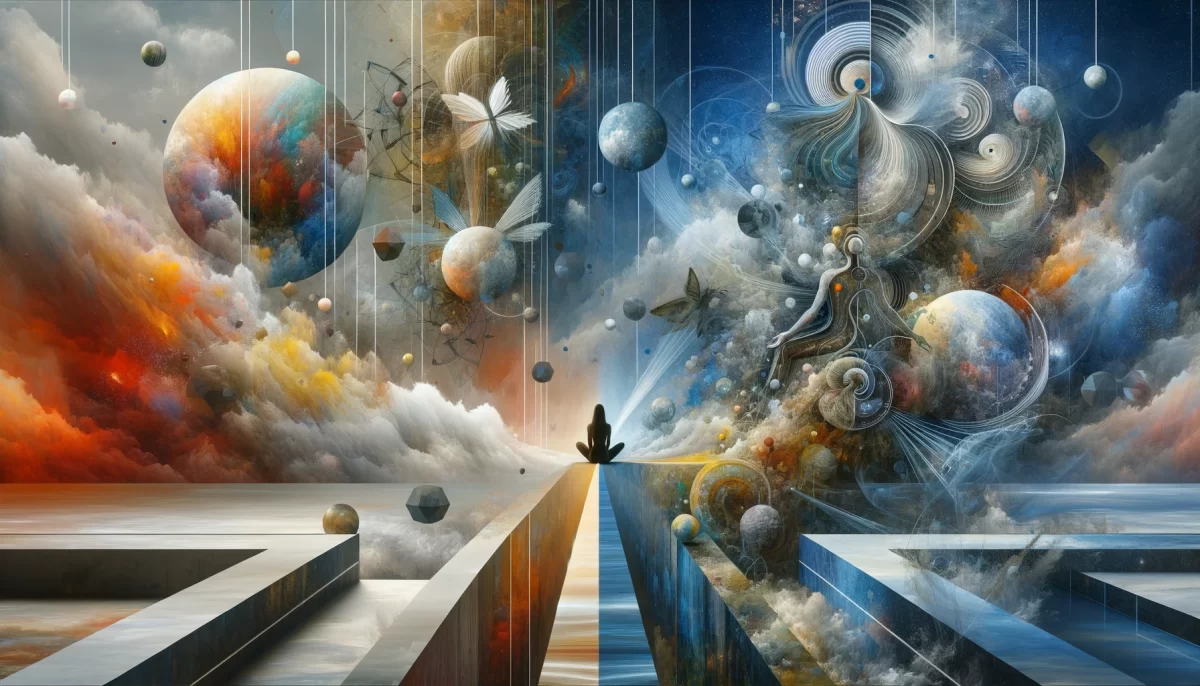
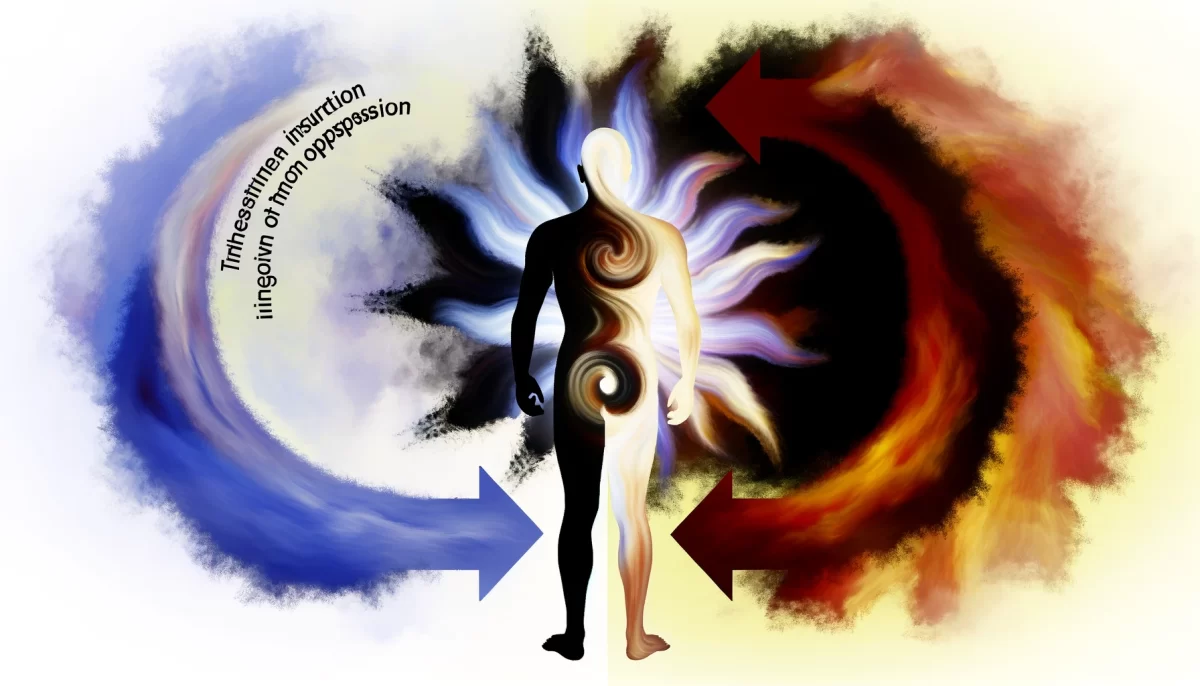
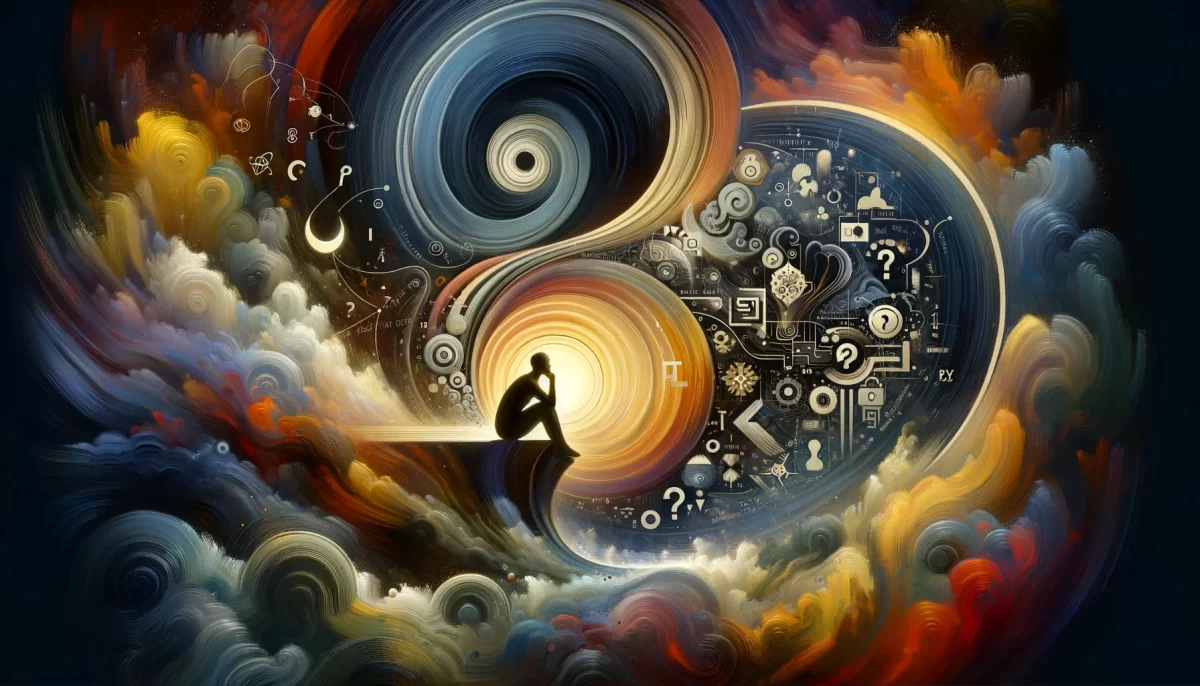
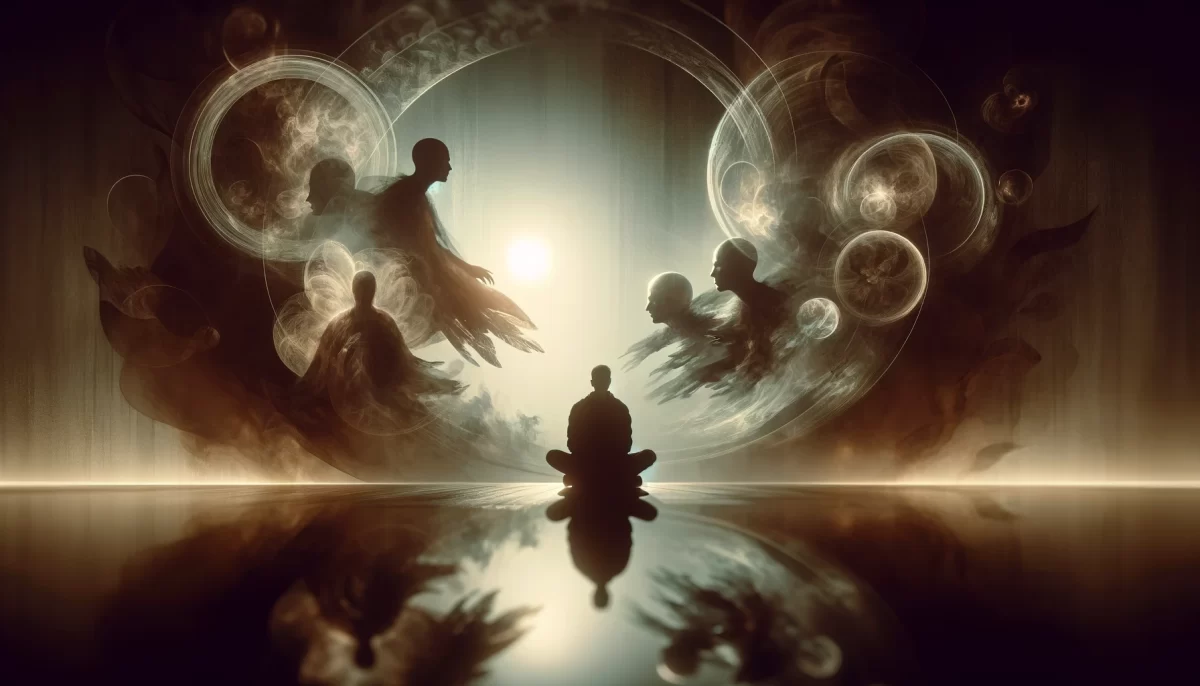
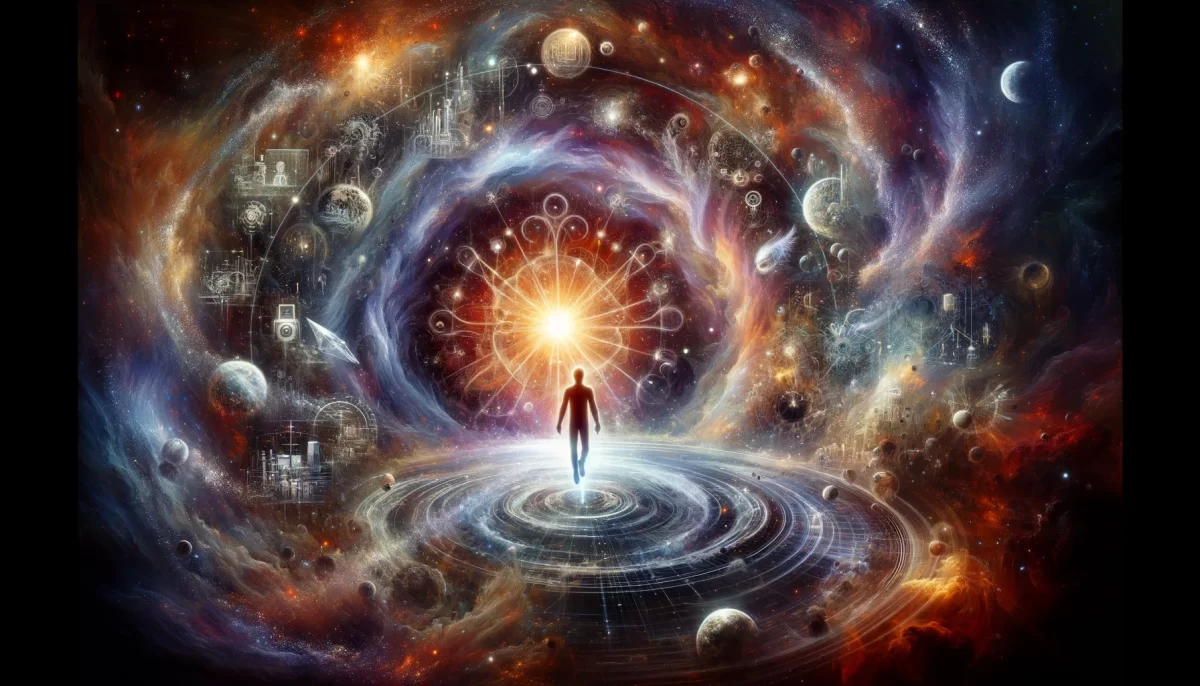





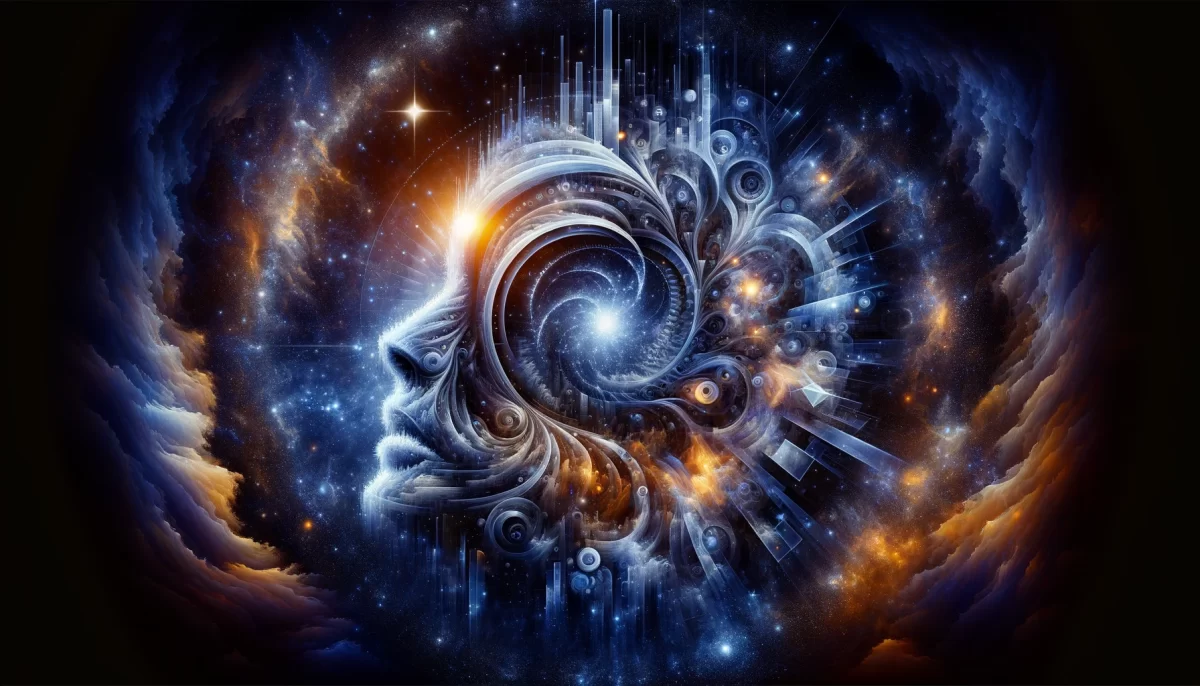

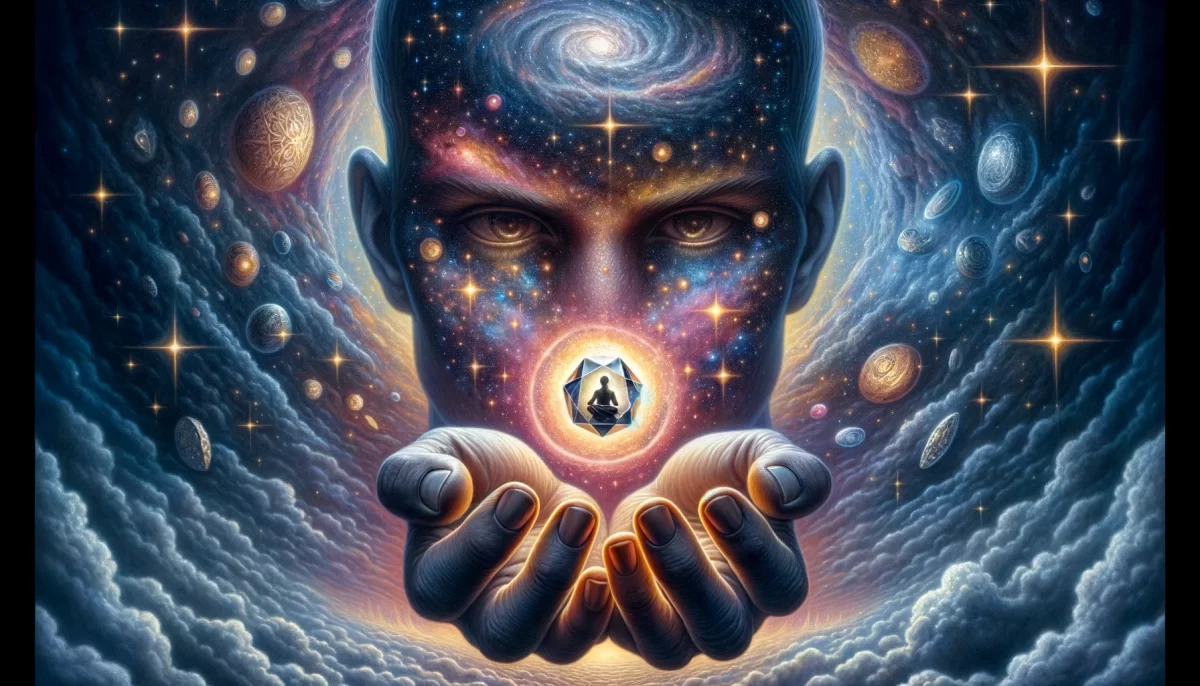
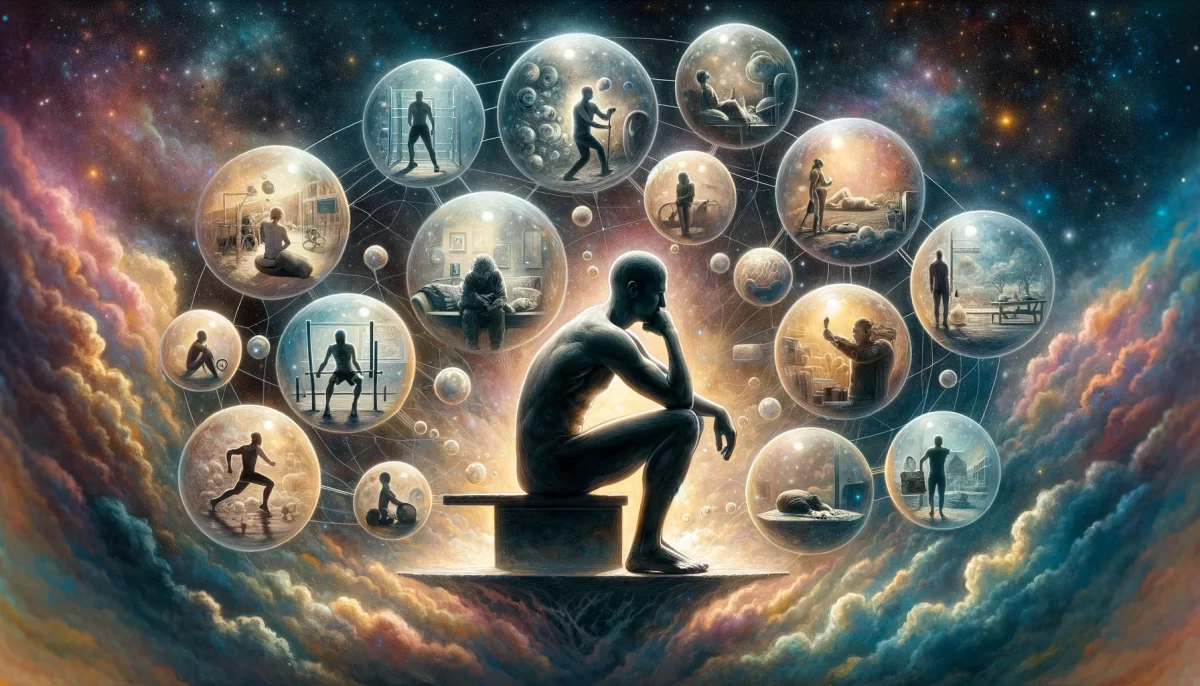
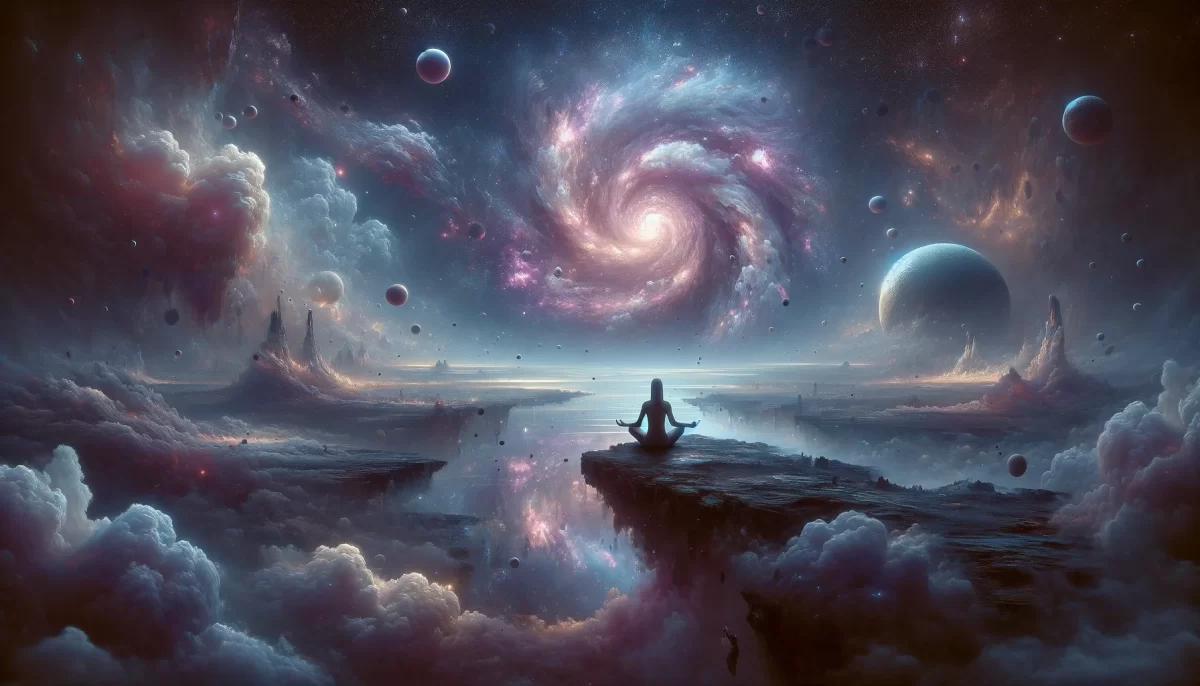
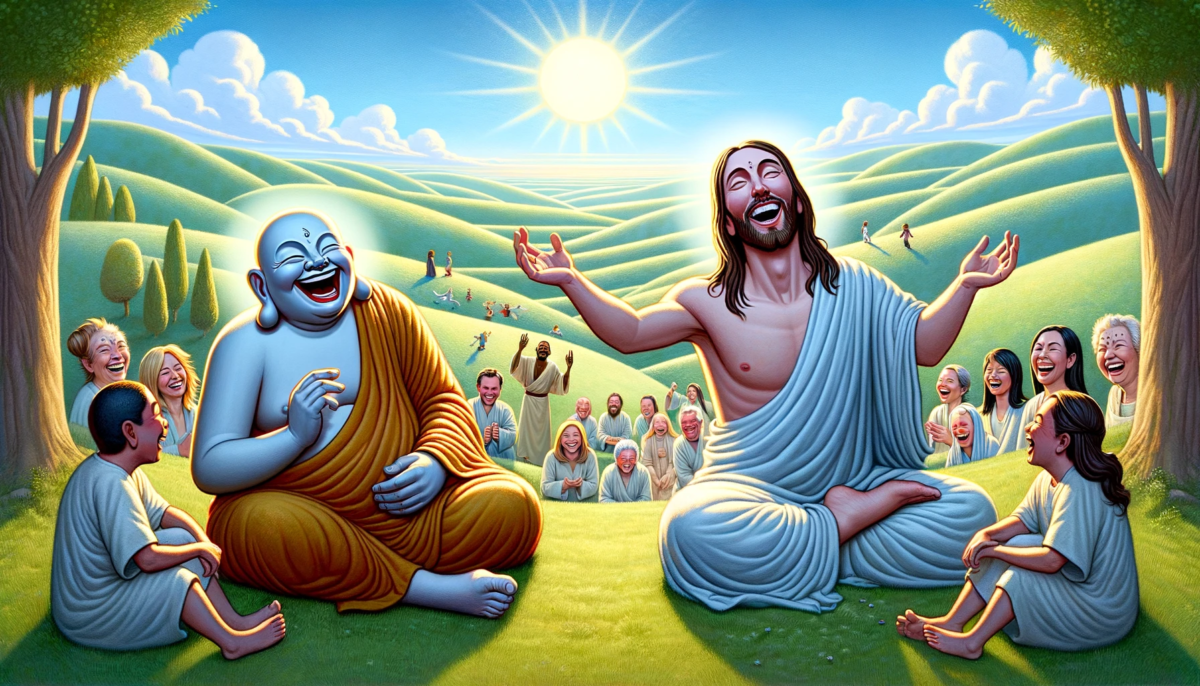
“Hopefully Broken” is a poem that explores themes of surrender, desire, and the allure of self-deception. The speaker expresses a longing to be consumed by someone else’s presence and to escape from the burden of critical thinking.
The opening lines depict the speaker being entranced by another person’s spell, losing themselves in their gaze and yearning for their touch. The speaker willingly surrenders their doubts and desires to be filled by the other person, even if it means losing their ability to critically assess the situation.
The poem emphasizes the speaker’s willingness to be deceived and to indulge in illusions rather than facing harsh truths. They express a desire for the other person to tell them what they want to hear, to keep the delusion alive and avoid clarity. The speaker craves the intoxication of false beliefs and the validation that comes with it.
The repeated line, “Hopefully broken,” suggests a sense of resignation and acceptance of their own vulnerability and brokenness. The speaker embraces their own shattered state, hoping that by being broken, they can find some form of fulfillment or escape from reality.
The poem utilizes cocktail and culinary imagery to convey a sense of indulgence and sensory pleasure, further emphasizing the speaker’s desire to be immersed in an enticing experience. The reference to the American Dream implies a longing for a seductive yet illusory ideal.
Overall, “Hopefully Broken” delves into the complexities of desire, surrender, and self-deception. It portrays a yearning for escape and a willingness to be consumed by illusions, highlighting the allure and consequences of relinquishing control and embracing brokenness.
There are a few double entendres in the poem “Hopefully Broken” that add depth and complexity to its meaning. Here are a couple of examples:
“Twist my mind, till I can barely critique” – The phrase “twist my mind” can be interpreted both literally and metaphorically. It can refer to a desire for mental stimulation or the act of being manipulated intellectually. Additionally, “critique” can imply both critical analysis and a physical sensation of being unable to form coherent thoughts.
“Muddle me like a mojito” – This line plays with the double meaning of “muddle.” In the context of making a mojito, muddling refers to crushing or pressing ingredients to release their flavors. However, in the poem, it can also allude to a state of confusion or disorientation caused by the speaker’s infatuation or surrender to someone else.
“Come in my cracks until I seem to be whole” – On one level, it can be interpreted as a metaphorical invitation for someone to enter the speaker’s vulnerabilities and brokenness, seeking a sense of completion or emotional healing. It suggests a desire for intimate connection and acceptance despite one’s flaws.
On another level, the phrase “come in my cracks” can also carry a sexual connotation, referring to the act of physical intimacy or penetration. The line plays with the idea of seeking fulfillment or a sense of wholeness through physical or emotional intimacy, even if it is temporary or illusory.
This double entendre serves to evoke both emotional and sensual imagery, highlighting the speaker’s longing for connection and their willingness to embrace vulnerability and temporary satisfaction, whether it be through emotional healing or physical intimacy.